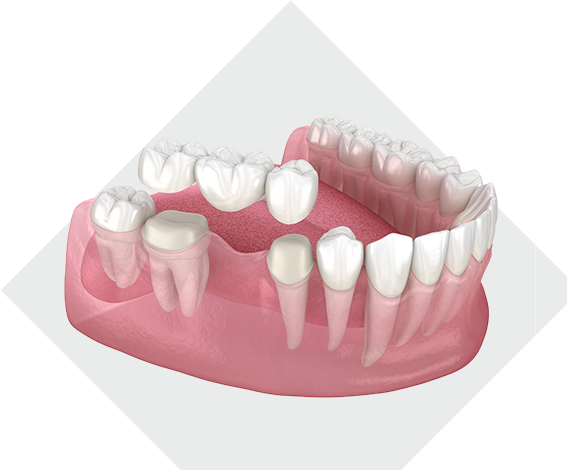Dental Bridges: Solutions for Missing Teeth and Oral Health
Smile restoration and preservation of oral health.

Losing a tooth can pose significant challenges beyond aesthetic concerns, impacting your ability to bite, chew, and speak. Dentists specialize in offering tailored solutions to replace missing teeth, aiming not just for smile restoration but also to preserve oral health.
Why Replace Missing Teeth
Tooth loss not only affects the appearance of your smile but can also lead to teeth shifting and alter facial structure. Replacing missing or decayed teeth is crucial for maintaining oral health and preventing further complications.
Understanding Dental Bridges
Dental bridges serve as a reliable solution to replace missing teeth and stabilize neighboring teeth. They come in various types, with the most common being the traditional bridge, attaching a pontic tooth between two dental crowns secured over adjacent teeth.
Types of Dental Bridges:
- Traditional Bridge: Comprising a pontic tooth between two dental crowns, filed down to fit over adjacent teeth.
- Cantilever Bridge: Similar to a traditional bridge but attaches to only one abutment tooth.
- Maryland Bridge: Uses metal or porcelain bands, without crowns, bonded to adjacent teeth; suitable for specific situations but less durable.
Procedure Overview
The process of getting a dental bridge involves multiple appointments and specific steps. The dentist prepares the supporting teeth, takes molds, and customizes the bridge at a lab. During the final appointment, the permanent bridge is fitted and adjusted.
Maintenance and Lifespan
Proper care significantly extends a bridge's lifespan. Regular oral hygiene, including brushing, flossing, and professional cleanings, ensures the bridge's durability, potentially lasting over a decade when maintained well.
Dental bridges offer an effective solution for replacing missing teeth, restoring function, and preserving oral health. Understanding the types of bridges and maintaining good oral hygiene are key to ensuring the longevity of this dental restoration.







